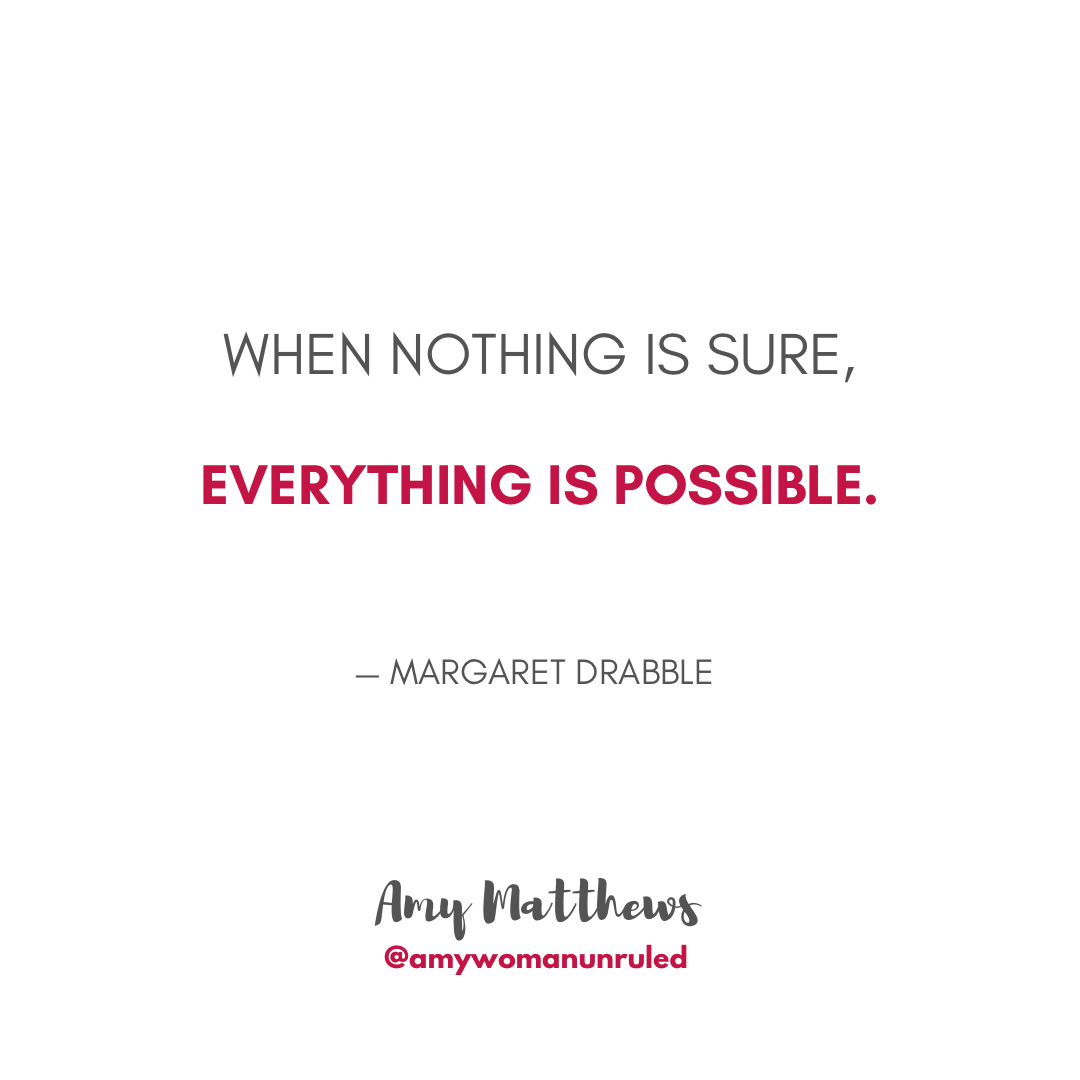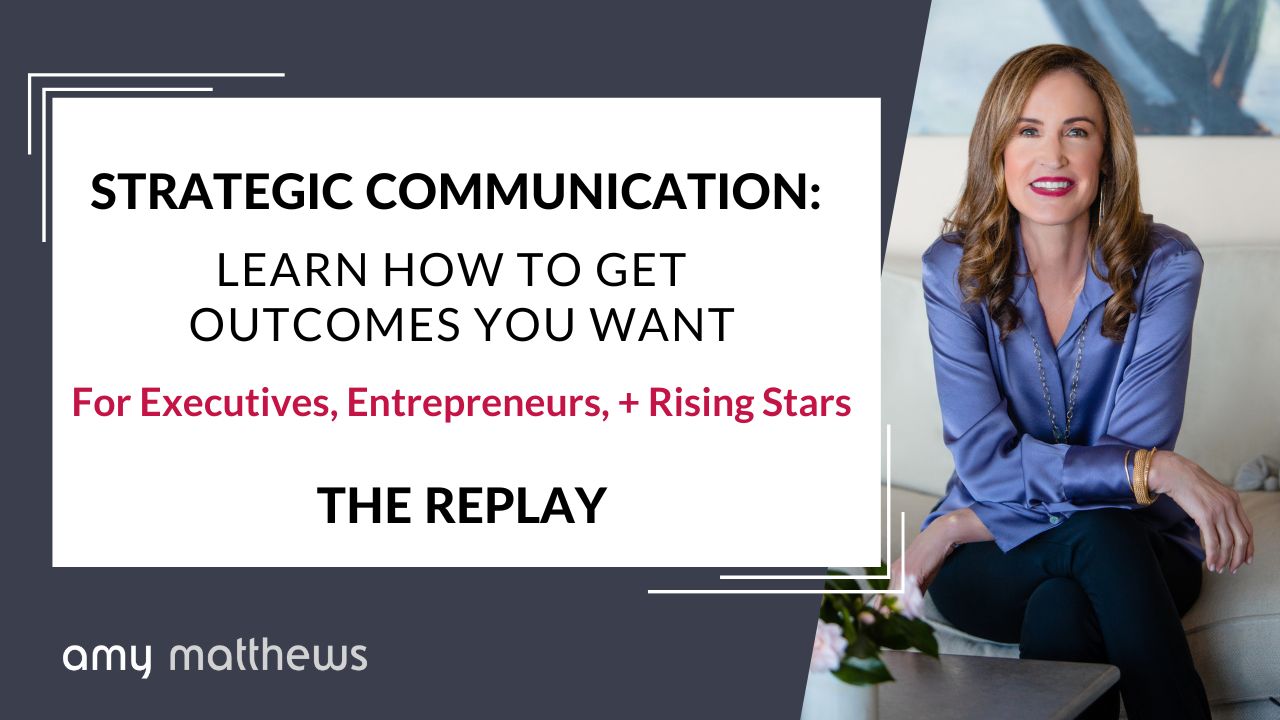
Considering A Career Pivot? Read this.
It’s a brand-spanking new year, So what’s next for you?
With all the changes over the past three years, it still can feel like the landscape is shifting under our feet. Many clients, friends and others I talk with are reconsidering what they believe in, value, and want from their careers.
Here are a few examples:
- Some laid off, feeling confused, doubting themselves, their skills, and their value.
- Others wake up most days with a nagging feeling of not being fulfilled, after being on the fast track for years.
- Another, who is in a soul-sucking job knows she can’t go on another minute.
- Entrepreneur clients have come to the conclusion their business model is no longer sustainable.
No matter your current situation, whether you’ve had a recent setback, facing failure you didn’t create or feel you lost your true north, it’s easy for anxiety and to rear its ugly head. When making any change, it’s natural to question what matters, your purpose, direction, and even your very own existence.
After working with hundreds of people to navigate their next position, I’ve learned if you stay grounded, committed, and willing to see it through, you will find your next position – that’s the perfect fit. I’ve also found that these proven and effective tips will make any career transition easier:
Proven + Effective Tips To Make Any Career Transition Easier
1) BE INTENTIONAL
Develop the criteria that you want in your next position. What industries? What size companies? What’s the role? What are the people and culture like? What attributes in a boss do you want?
2) LEAD WITH AND LEVERAGE YOUR STRENGTHS
Own who you are which includes your strengths, skills, values and passions and what sets you apart from others. Your authenticity is your strongest asset.
3) BE DISCERNING AND HAVE AN ABUNDANT MINDSET
Think quality over quantity. If a company or position doesn’t light you up, it’s not for you. There will be others that do. Be committed to what you are looking for, while open to possibilities.
4) DEVELOP A STRATEGY AND PLAN
Start with creating a list of target companies. Research job openings. Get your resume and LI Profile up to snuff. Leverage your LI network and contacts.
5) INTERVIEW PREPARATION
Research and do your homework. Spend three times the amount of time of the actual interview preparing for it. Develop a list of questions you want to ask. Think of it as a first date.
6) TRUST THE PROCESS
More often than not, there will be twists and turns through the process. Hold out for the right position and be confident you will land a meaningful role where you can make a difference.








